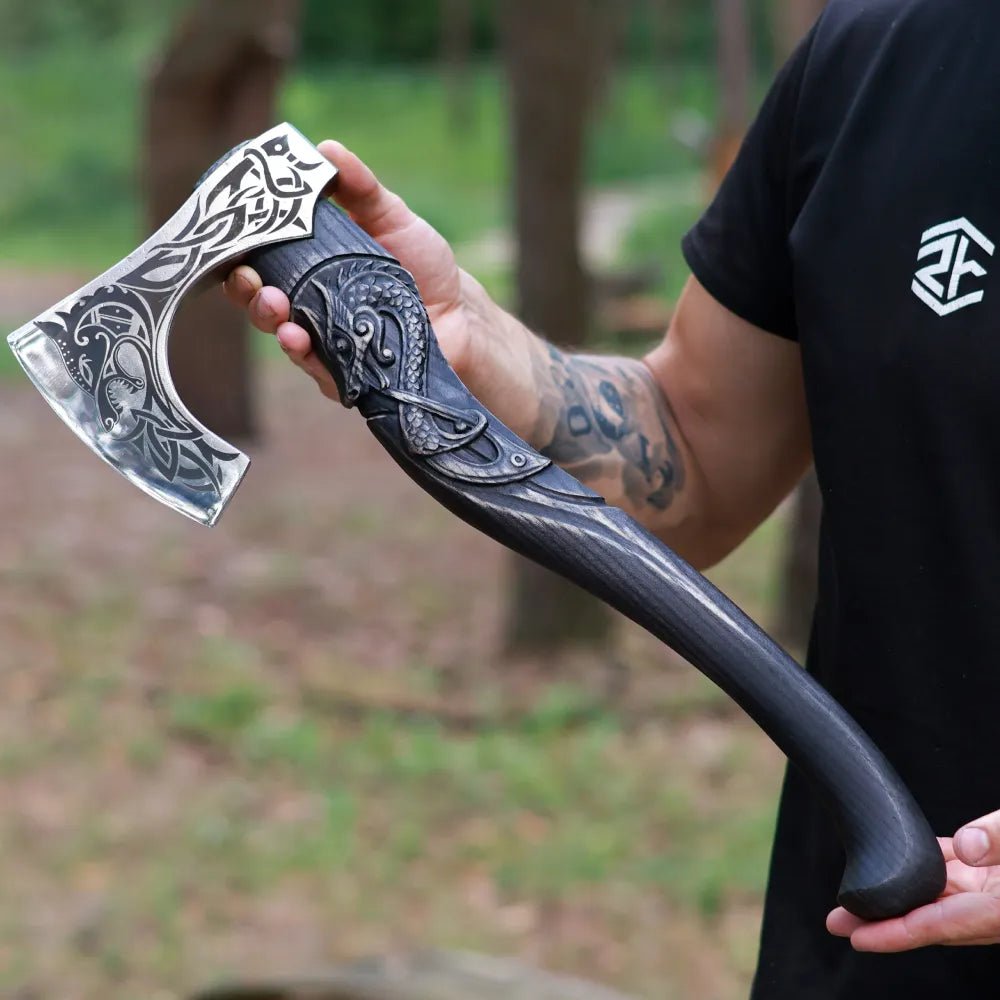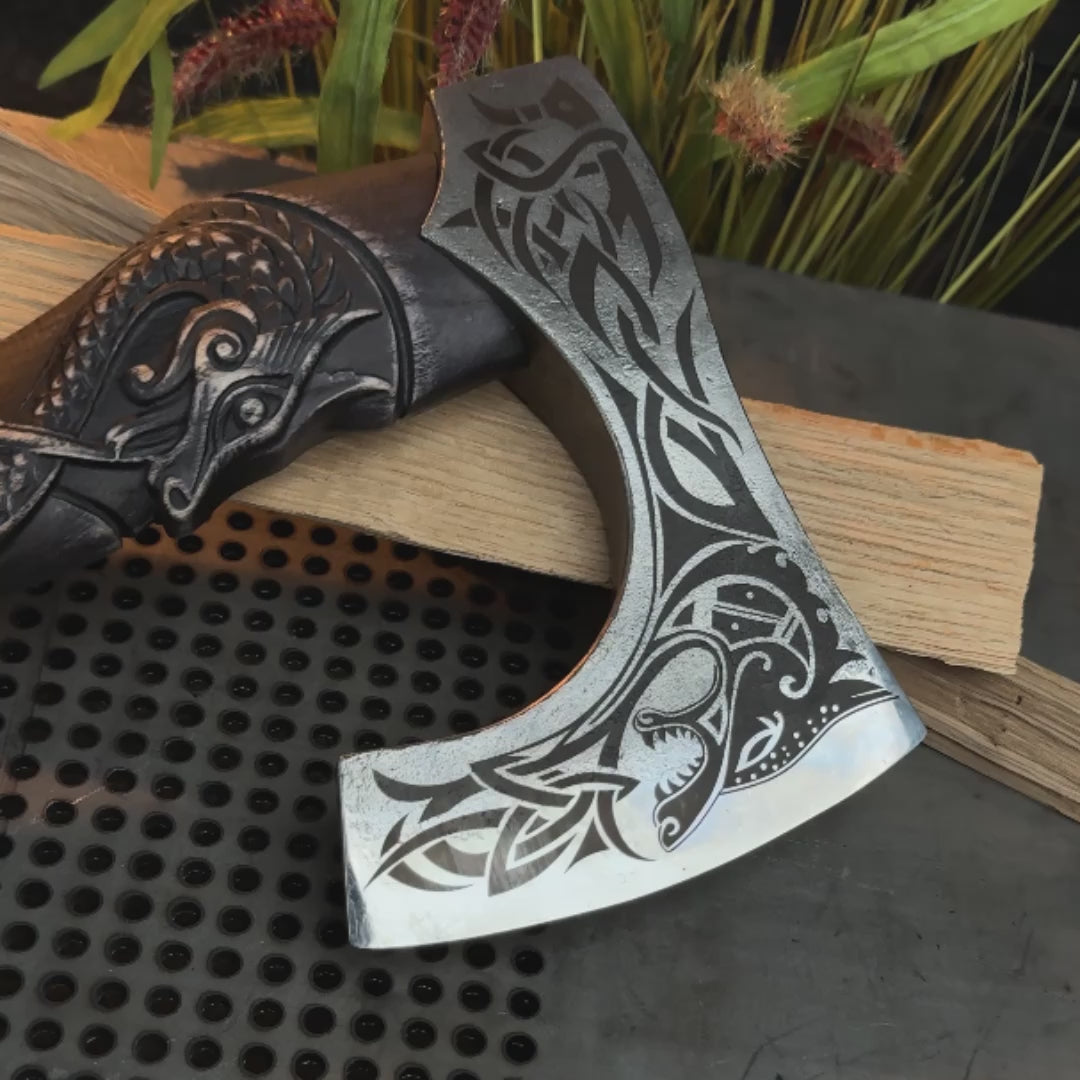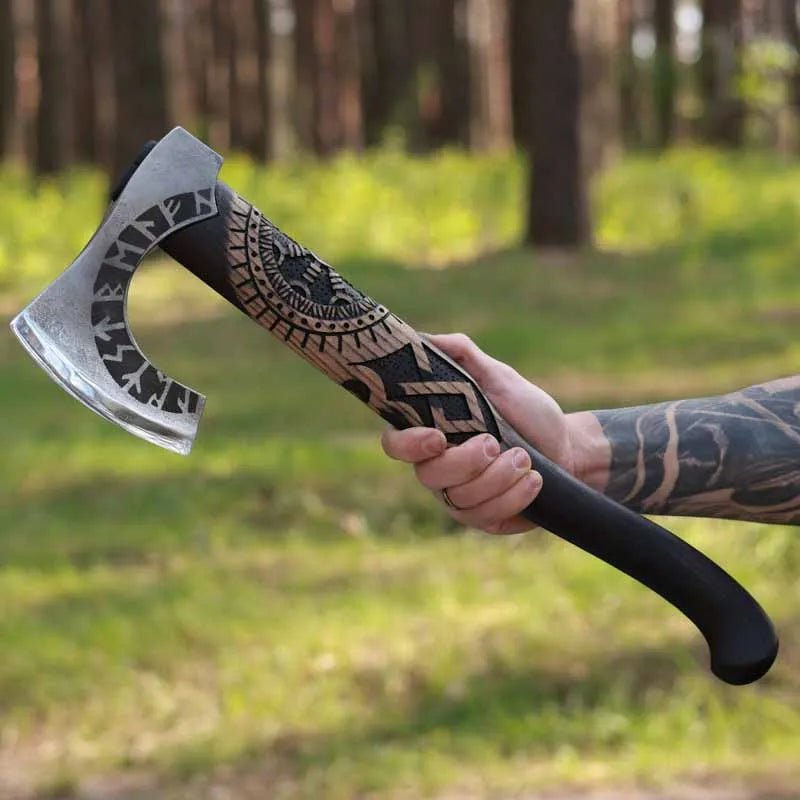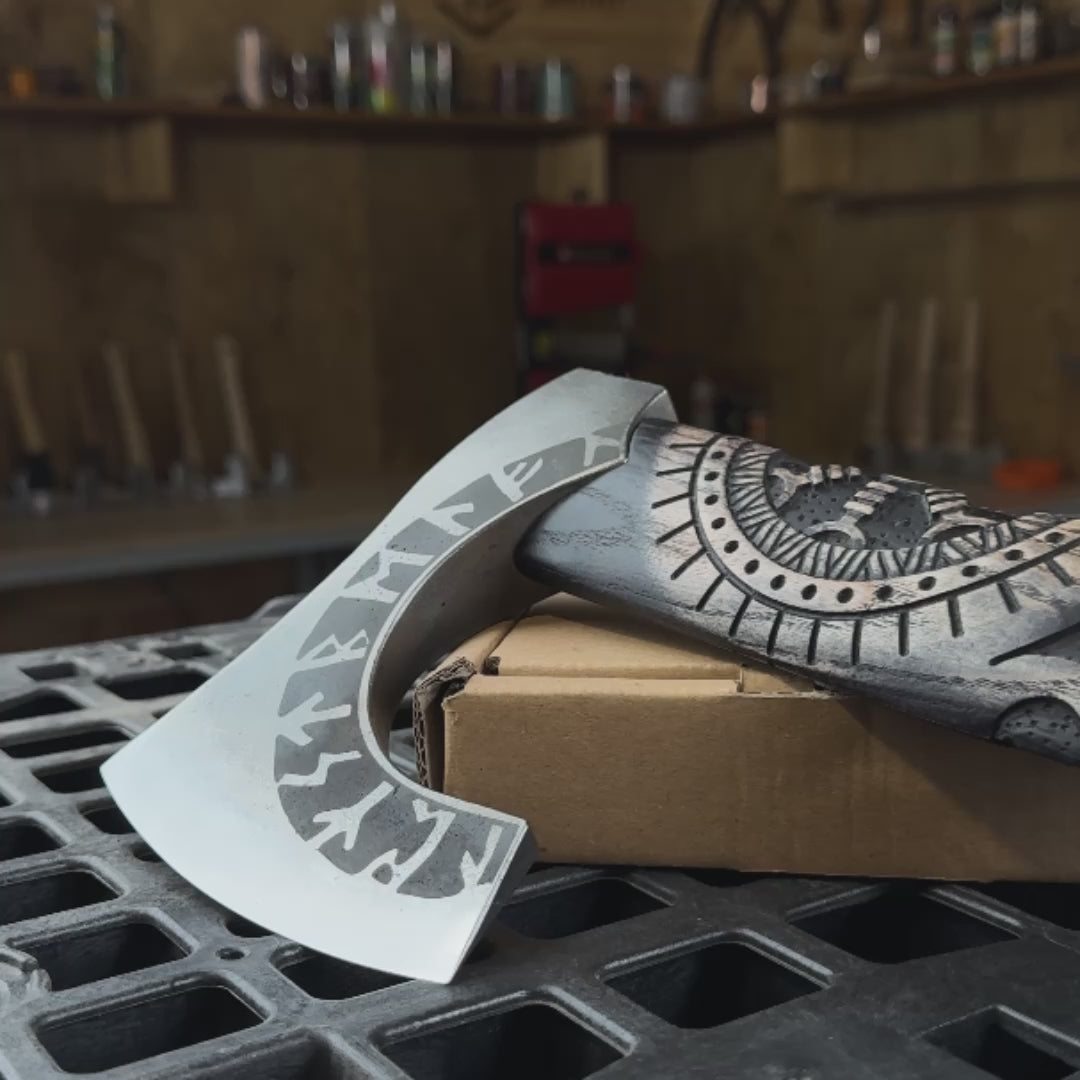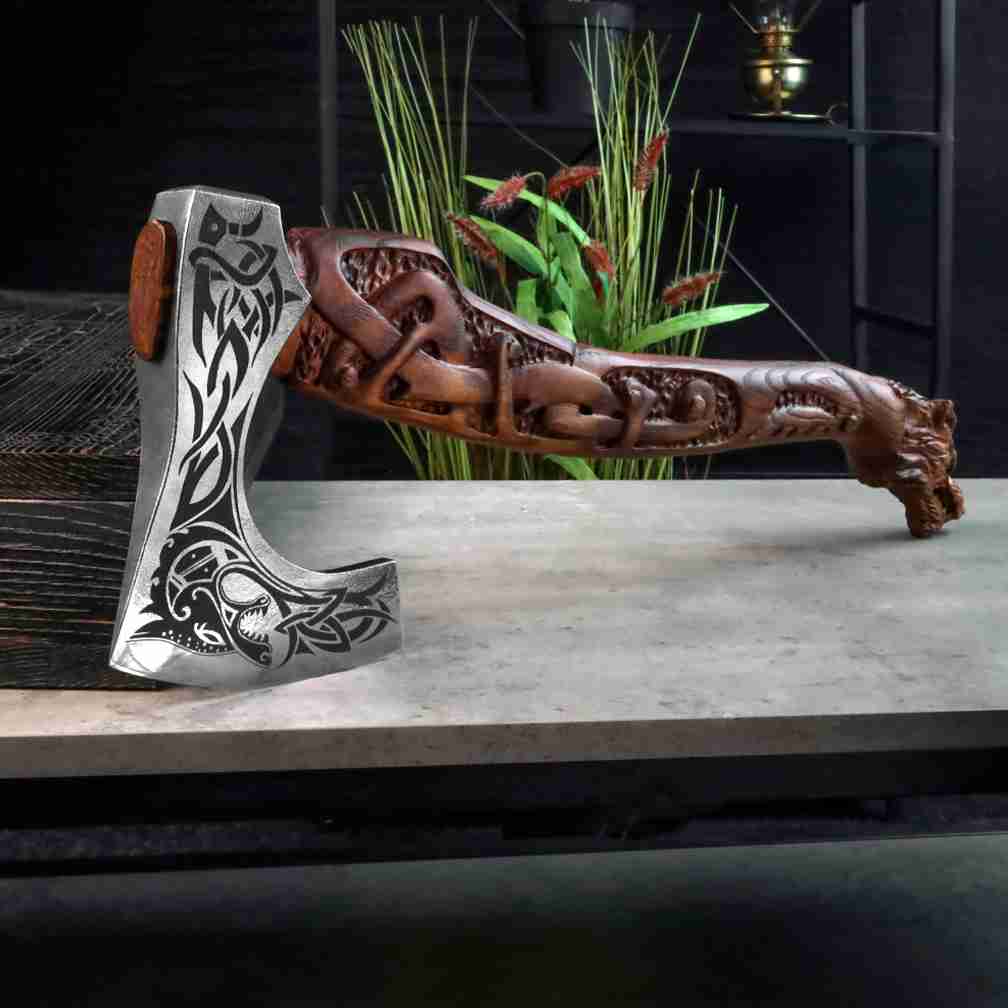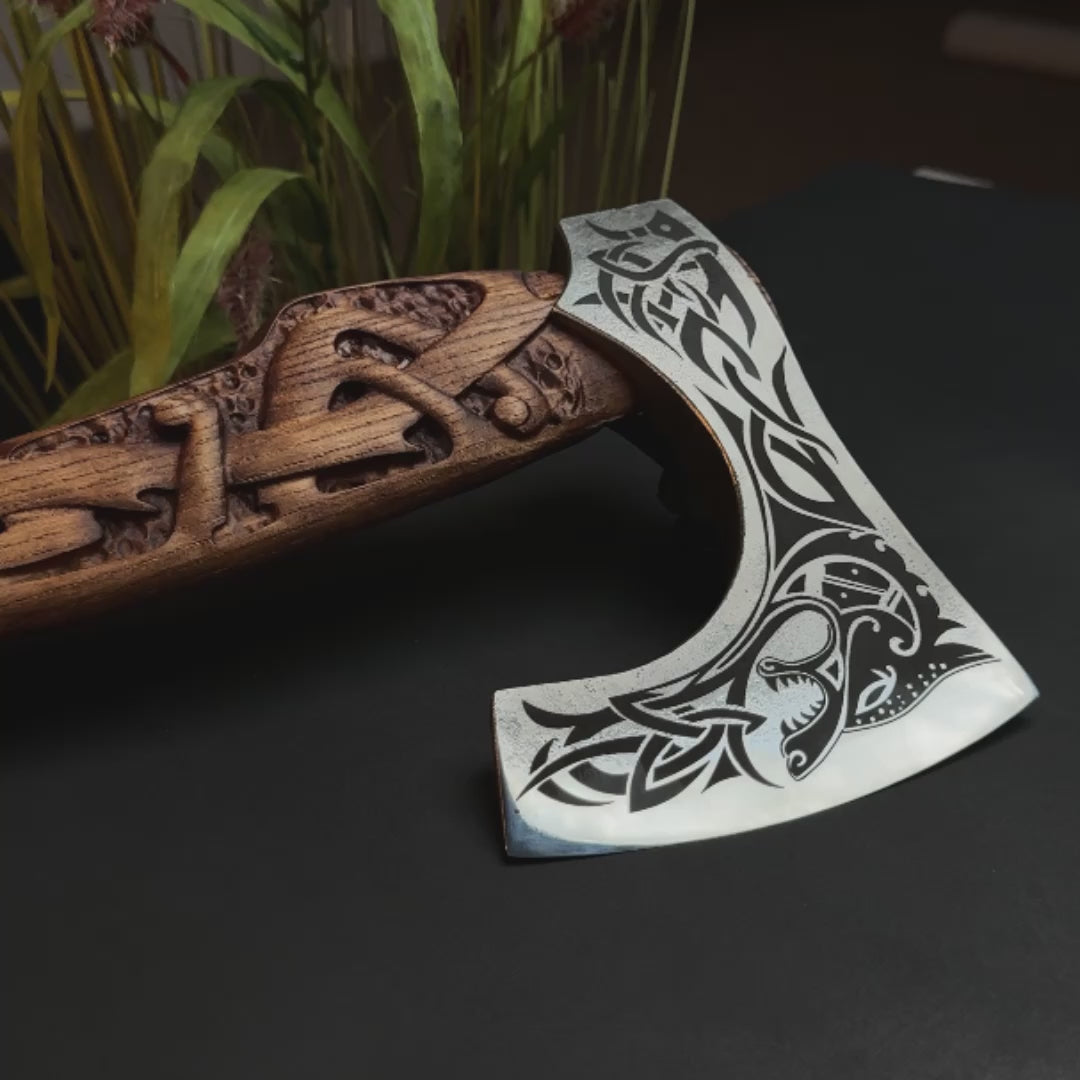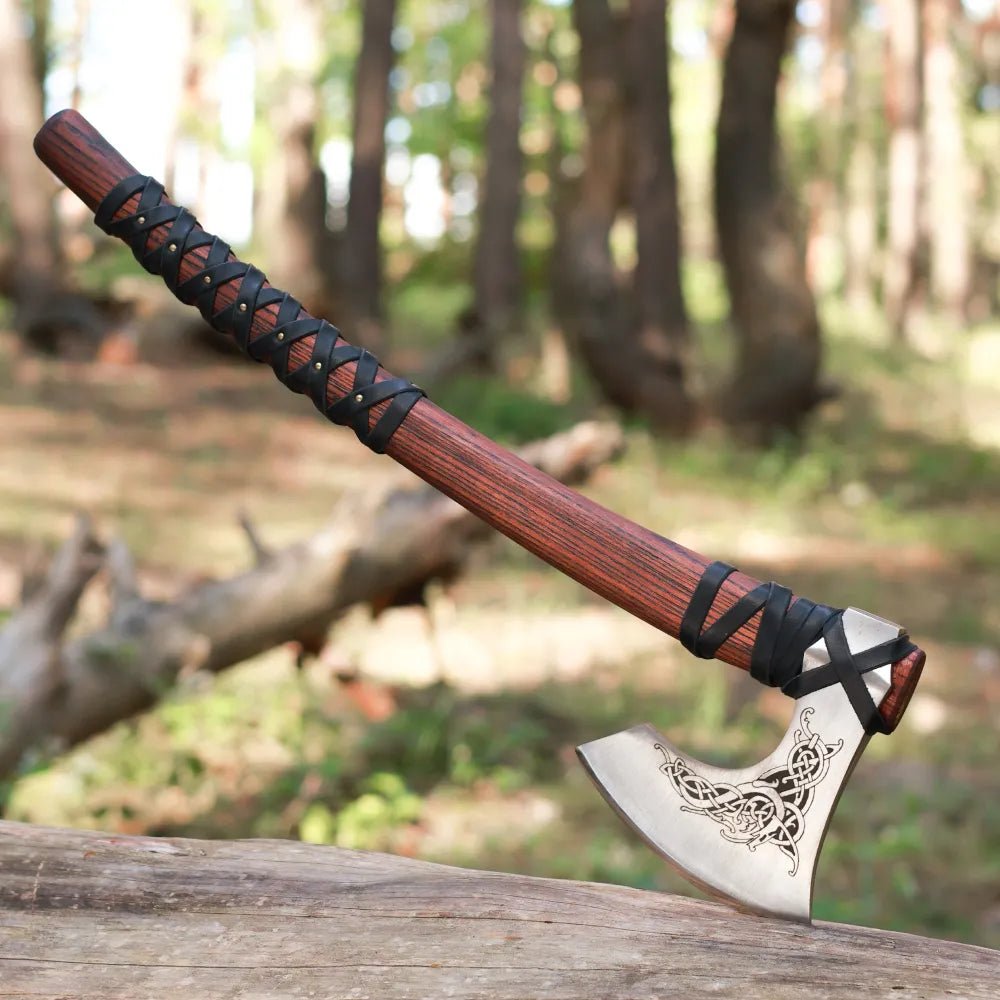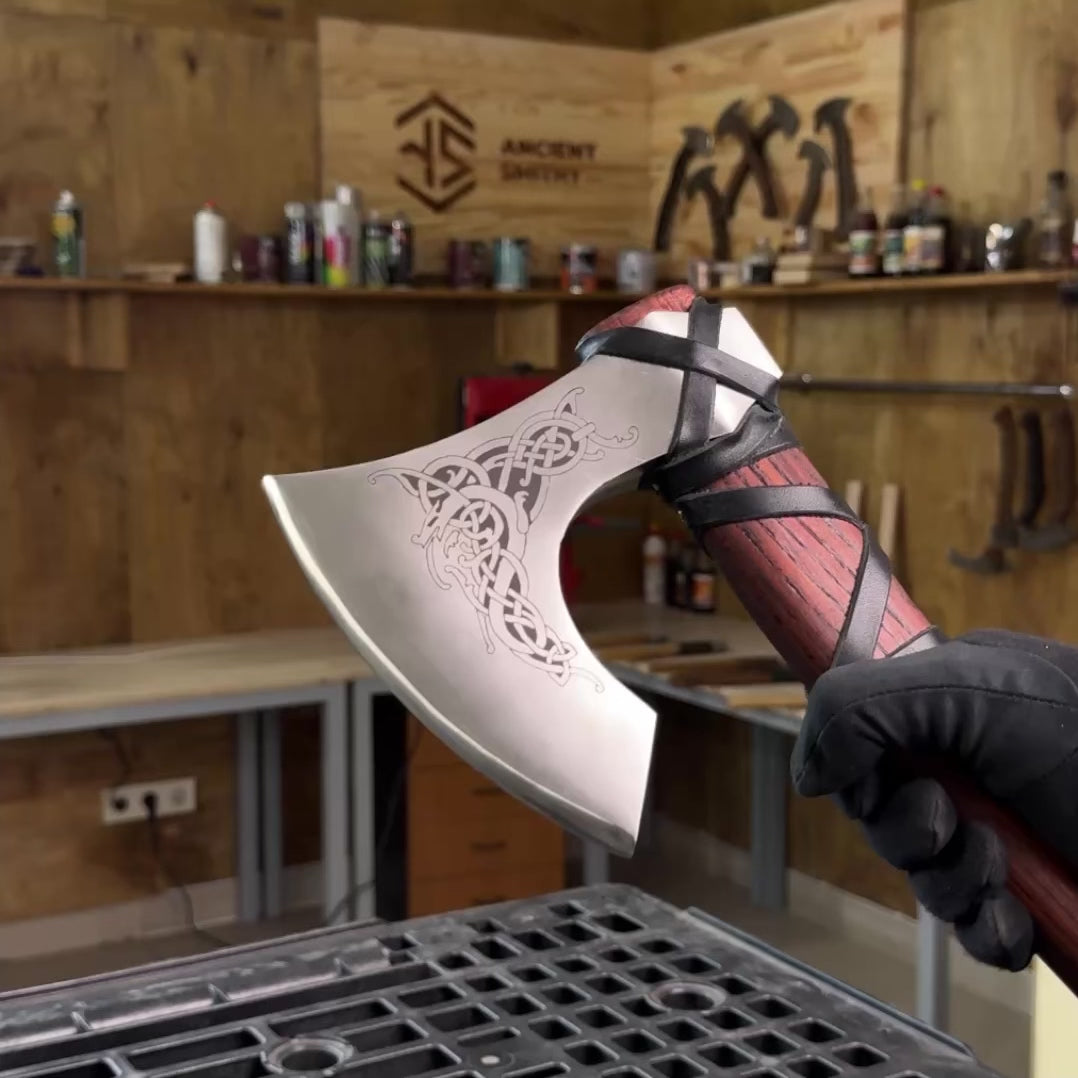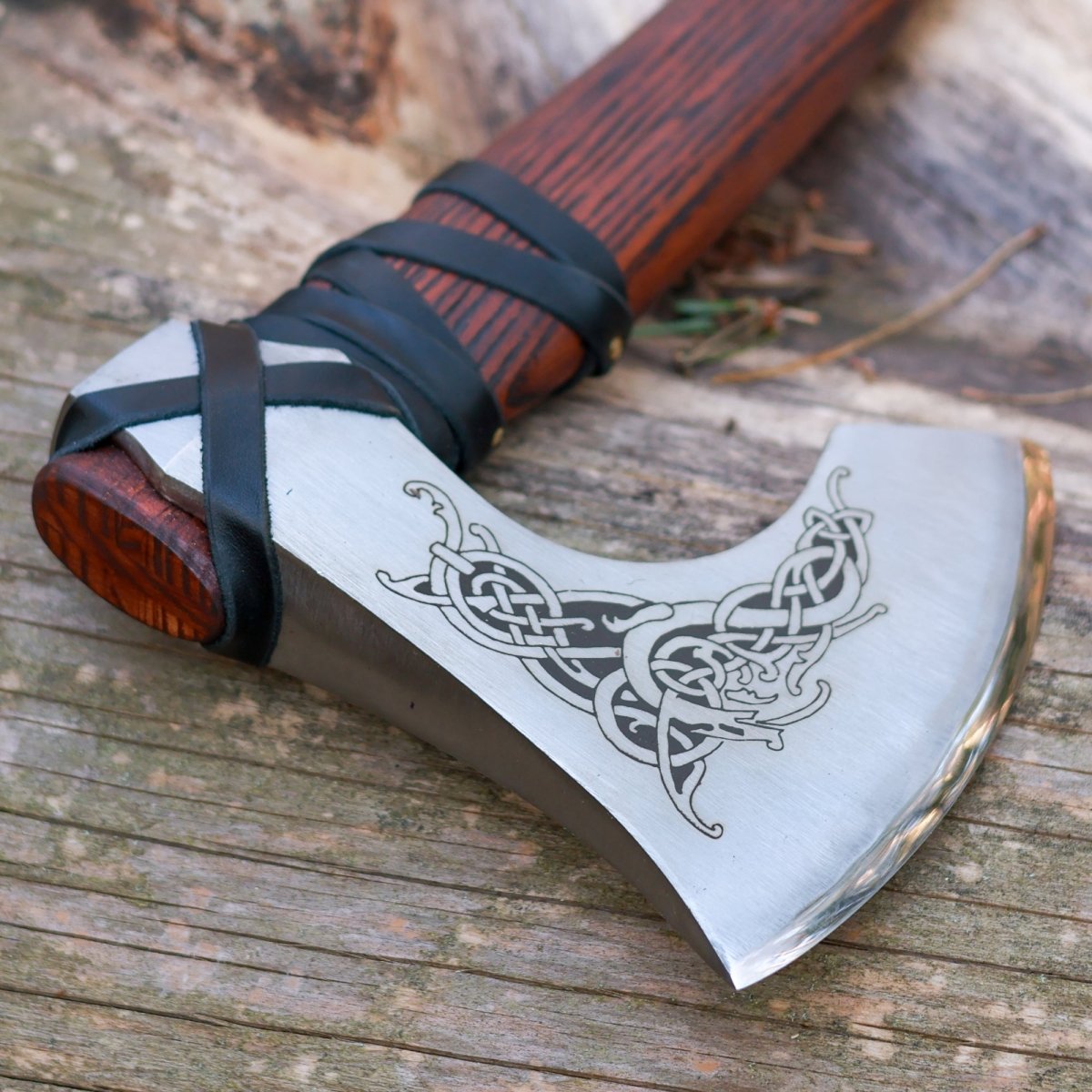
Viking Axes: History, Design, and Modern Use
Viking axes were far more than simple tools; they were integral to survival, warfare, and culture in the Nordic world. Every Viking household owned at least one axe, since it was a necessity for daily tasks such as chopping firewood, building homes, and crafting ships. But in times of conflict, these same tools transformed into deadly weapons. Unlike swords, which required costly iron and skilled smithing, axes were accessible to all classes of society, giving even the poorest Viking the ability to arm himself.
History and Development of Viking Axes
On the battlefield, Viking warriors wielded battle axes that were lightweight yet devastating. Their sharp, wide blades and long handles provided reach and striking power that could cut through shields, armor, and bone. Some warriors even mastered the use of throwing axes, small and quick weapons that could disrupt enemy lines or strike from a distance. This versatility made axes indispensable in combat, ensuring that they became the defining weapon of the Viking Age.
Beyond war, axes played a central role in Norse identity. They were symbols of self-reliance, craftsmanship, and power – tools that represented both the harsh realities of survival and the fierce independence of the Viking spirit.
Viking axes were more than just tools; they were essential weapons, instruments of daily life, and symbols of status. Unlike swords, which were expensive and often reserved for the wealthy, axes were accessible to every Viking, making them a primary weapon in battle.
Design and Features of Viking Axes
The genius of Viking axe design lay in its balance of simplicity and efficiency. Blades were typically wide and thin, designed to deliver deep, clean cuts rather than brute force. A well-forged axe could split wood one day and strike down an enemy the next. Long handles provided leverage for powerful swings, while shorter handles allowed for precision and speed.
Materials were carefully chosen for durability. Blades were made of iron or steel, with higher-quality versions featuring hardened steel edges for superior sharpness. Handles were crafted from strong, flexible hardwoods such as ash and oak, chosen for their ability to absorb shock without breaking.
Aesthetics were equally important. Many Viking axes were decorated with engravings, runes, and Norse symbols, turning each piece into a personal statement. These carvings often had spiritual or protective meanings, reflecting the warrior’s beliefs in fate, gods, and ancestry. An engraved axe was not only a weapon – it was an extension of the Viking’s soul and heritage.
Different types of axes emerged over time, including:
-
Bearded axes (Skeggøx) – with an extended lower blade, perfect for hooking and pulling in combat or precise woodwork.
-
Broad axes – wide cutting surfaces designed for battle or carpentry.
-
Throwing axes – smaller and lighter, carried as secondary weapons.
This variety showed how deeply axes were embedded into every aspect of Viking life.
Modern Uses of Viking Axes
Though they are no longer weapons of war, Viking axes continue to thrive in the modern world. Today, they are appreciated not only as tools but as cultural icons.
-
Historical reenactors use Viking axes to recreate epic battles and ceremonies, keeping traditions alive for audiences worldwide.
-
Axe throwing competitions have surged in popularity, and Viking-inspired axes are often favored for their balance, precision, and heritage.
-
Bushcraft and survivalists rely on hand-forged axes for tasks such as chopping wood, clearing brush, and building shelters. Their reliability makes them essential for outdoor adventures.
-
Collectors and enthusiasts value Viking axes as functional works of art, admiring the craftsmanship, engravings, and historical symbolism behind each piece.
Hand-forged Viking axes bridge the gap between past and present. They embody a thousand years of tradition while serving practical roles in modern life – whether that means preparing firewood in the wilderness, competing in a throwing league, or displaying a striking piece of craftsmanship at home.
The Enduring Legacy
The legacy of the Viking axe lives on because it represents more than steel and wood. It tells the story of resilience, resourcefulness, and cultural pride. To own a Viking axe today is to hold a piece of history in your hands – a reminder of an era when survival depended on skill, strength, and craftsmanship.
The legacy of the Viking axe lives on, combining historical craftsmanship with modern utility, making it as relevant today as it was a thousand years ago.





